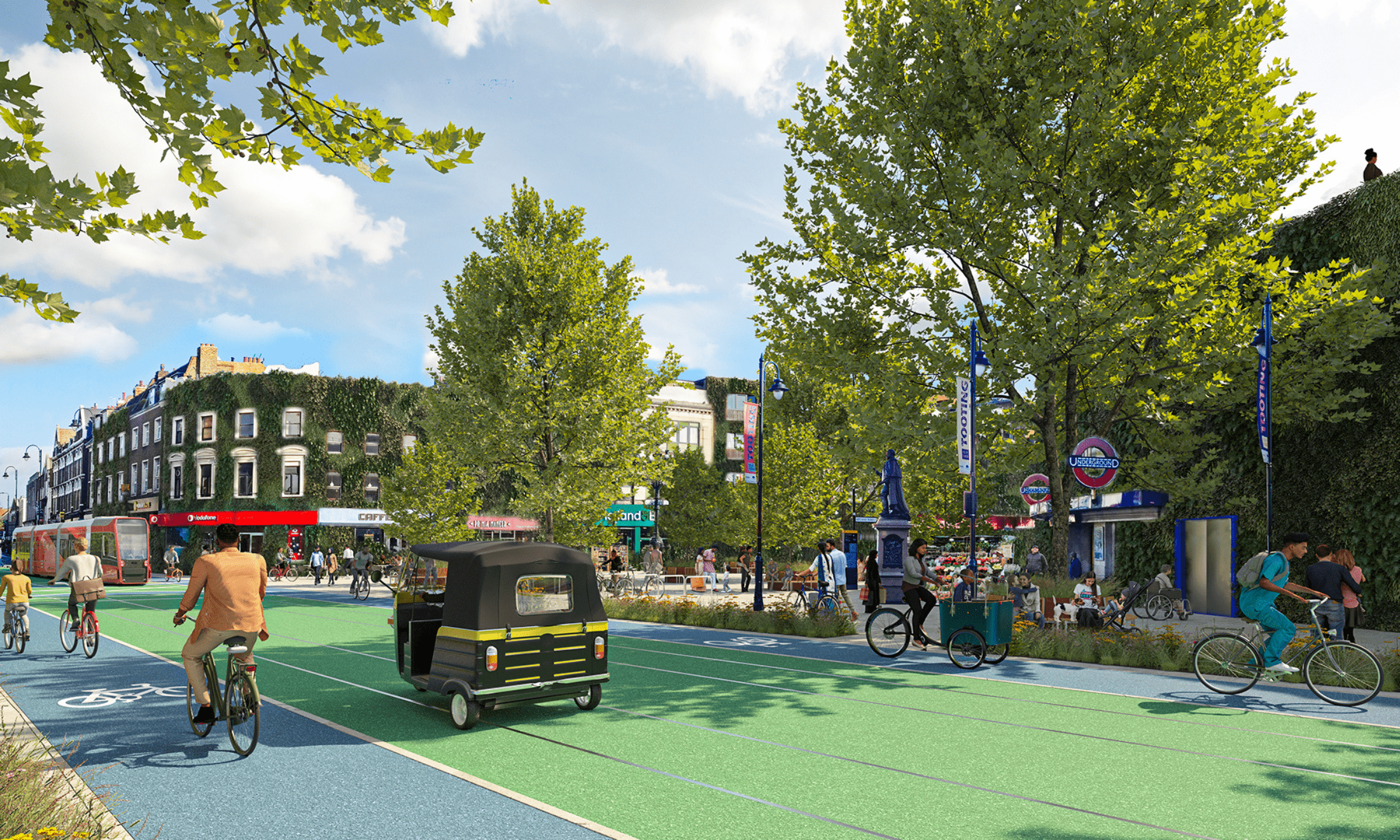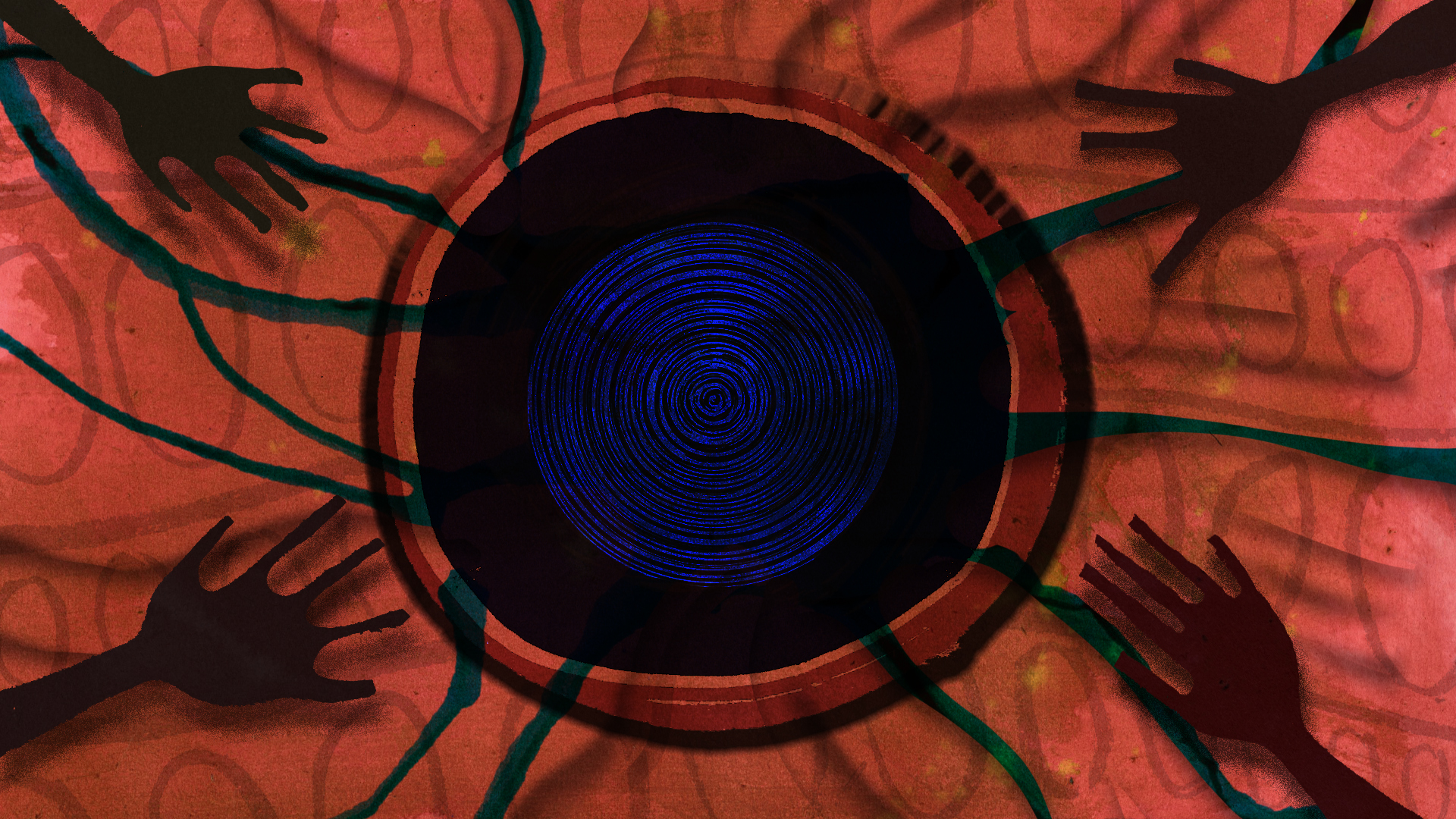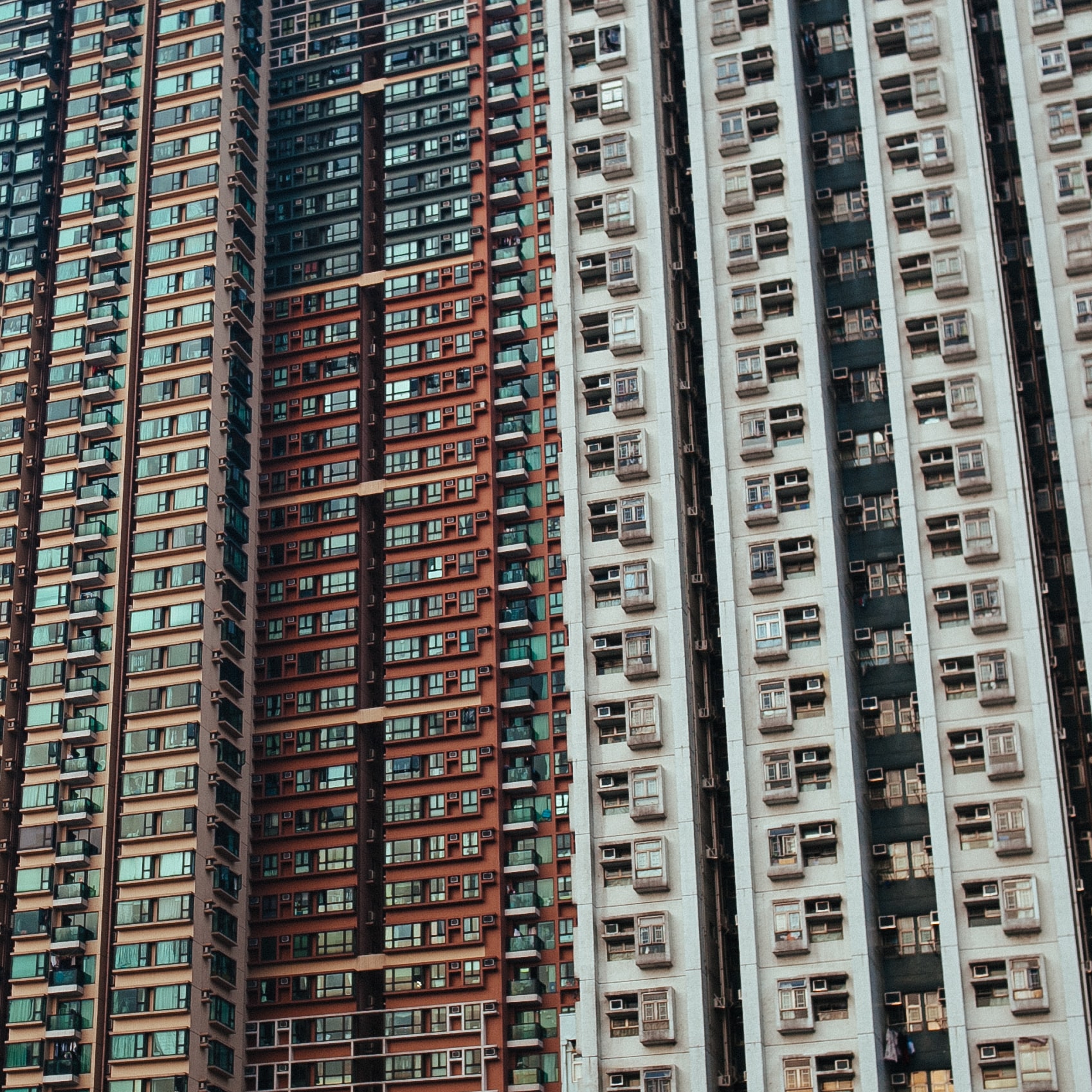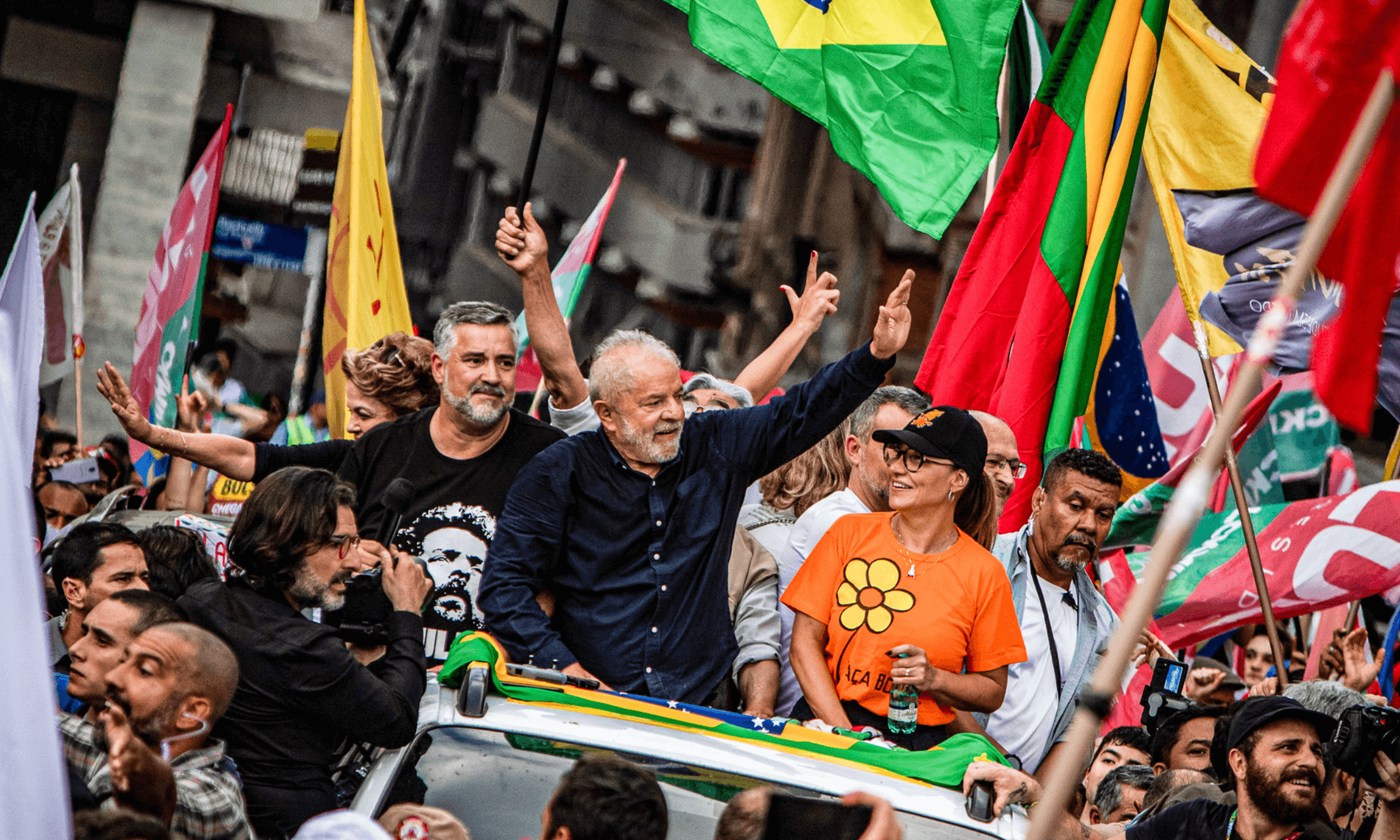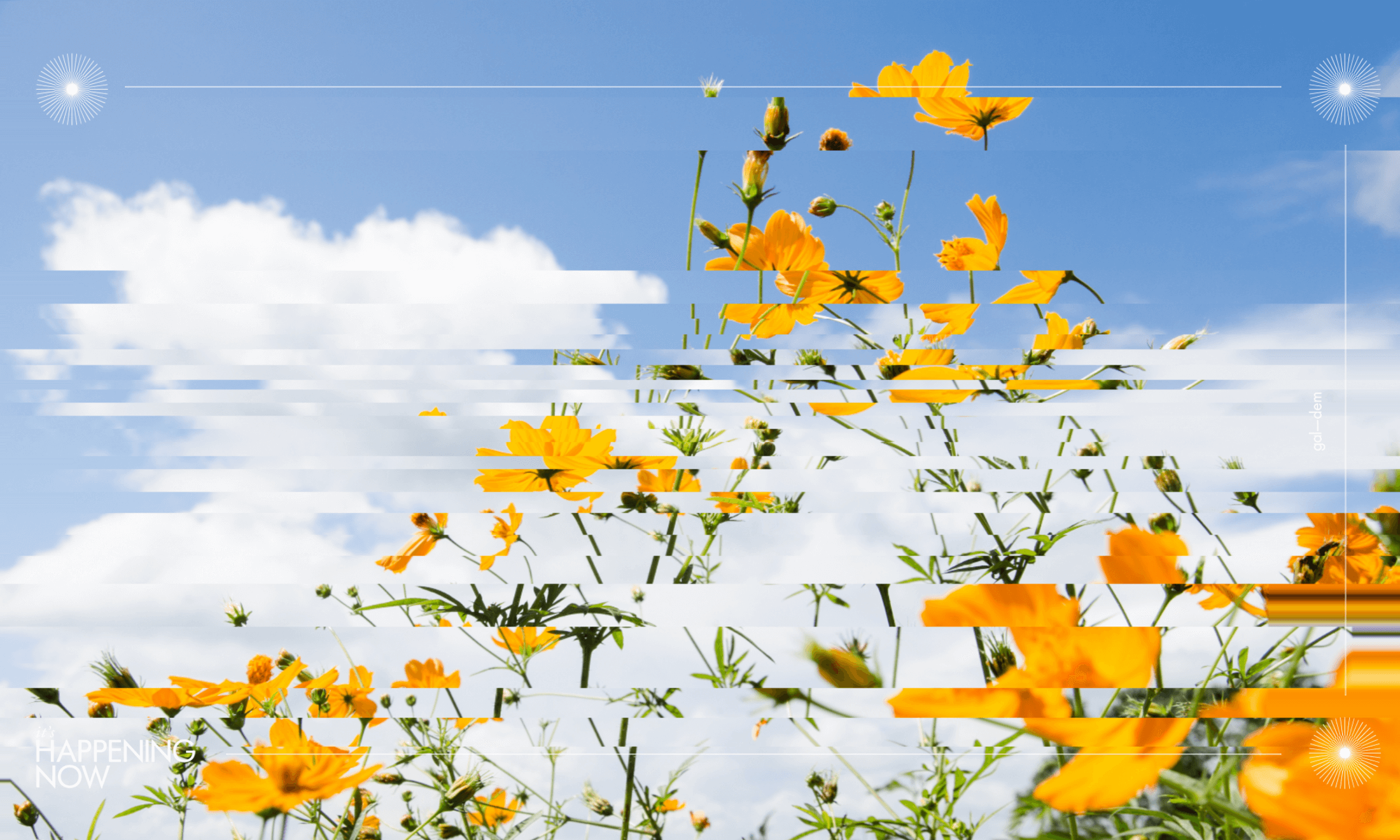
Canva
Winters feel like they’re getting shorter and I am terrified
With the UK experiencing its warmest New Year’s Day on record, climate action has to ramp up.
DiyoraShadijanova and Editors
05 Jan 2022
Just before midnight struck, my friend Annie pulled me outside to watch the sparse fireworks displays welcoming 2022. We were wearing skimpy dresses most suitable for surviving a night in a sweaty nightclub where the DJ plays The Weeknd on loop. We were not shivering. We were not cold.
At 4am, I went to the garden to sit with a friend who was having a difficult time surviving the party. I stroked their forehead as my heart was beating fast, mimicking the sounds of feel-good chemicals bouncing around my body. But then a creeping thought I had to bat away; I was still not cold.
On New Year’s Day, I tried my hardest to act normal. Like the rest of the people in the park walking round and round and round until they finally gave up and went home. Some wore t-shirts and shorts. Others seemed like they were sweltering under their puffa jackets. It is a chaotic time when no one knows how to dress for the weather. Or maybe, the lines separating the seasons seem like they’re fading away.
I saw tender flowers beginning to bloom. I heard parakeets chirping in the trees. But it’s not beautiful at this time of the year, it’s terrifying.
In the middle of that night, I woke up to an itchy ear and throat. I had been sneezing just before going to bed. My hayfever is coming on. In January.
The signs are all here. They’re accumulating in our everyday lives.
“Is anyone else experiencing a dissociative kind of reality?”
I’m trying not to panic and keep calm to avoid causing panic, but is anyone else experiencing a dissociative kind of reality? Or have we all agreed not to speak of it? Are people scared that if they say it out loud, the threat of planetary extinction might start feeling more real?
Last Saturday, the Met Office recorded the UK’s warmest New Year’s Eve and New Year’s Day on record. A subtropical wind delivered an uncomfortably warm 16.3 degrees celsius in St James Park in central London. The temperature was so warm, the ice rinks in the city began to melt. Forecasters have now told us to brace ourselves for a cold snap. Our winters are getting too unpredictable, displaying the kind of temperature fluctuations linked to climate change.
Warmer winters don’t just mean not wearing hats or gloves when going outside. They are a shock to the environment. ‘False springs’ can trigger plants to grow too early, leaving them vulnerable to subsequent frost. Also, with longer springs we’re seeing fewer ‘chill hours’ – which is the specific time and temperature (1-7 degrees celsius) necessary for flowers and fruit to form on trees – meaning that the shifting of the seasons is directly linked to food security. Increasingly warmer weather will mean that adult mosquitoes carrying diseases might be active all-year-round. In parts of North America, high winter temperatures are melting snowpacks, the mass of snow which accumulates on top of mountains. Snowpacks are good reflectors of sunlight, so without them the sunlight is absorbed into the ground, warming the earth even more. Plus, freezing temperatures are important for killing off certain pests and diseases, as well as stopping the microbes in soil from breaking down organic matter.
“I guess I’m wondering, when would be a good time to panic?”
I guess I’m wondering, when would be a good time to panic? Because this is the one thing we don’t want humanity to be too late on. We can collectively indulge in disaster films like Don’t Look Up, but what happens next? When does the mass direct action start?
As the remaining birds sing their birdsong, the climate crisis rears its ugly head to let us know that it’s not going anywhere. All is not lost though. I keep reminding myself that 76% of people in the UK are worried about the climate crisis, so clearly the want for things to change is there. I was one of the thousands of people who turned up to the protests across the UK in November when Glasgow hosted COP26. Campaigners stopped the Cambo oil field project in its tracks with their persistence and action. Indigenous groups are finally gaining long-overdue recognition for their land conservation methods. Around the world, including the UK, Germany and Australia, climate activists are taking their governments to court for their failures and inaction, with growing success. These are all good things – wins that show what collective action can do, but we’re far from the endpoint. Especially as scientists are now warning us of a mass extinction of species in the next decade.
Most of all, I hope that in 2022 grassroots action combines with political will. I want our politicians to not only acknowledge the crisis we can physically feel on our skin, but to also be equipped to handle the plethora of crises heading our way. Or else, winters as we know them will disappear altogether.
For too long, both climate activism and climate coverage have overlooked the voices and experiences of communities of colour. Follow our series, It’s Happening Now, for stories that look to change that.


